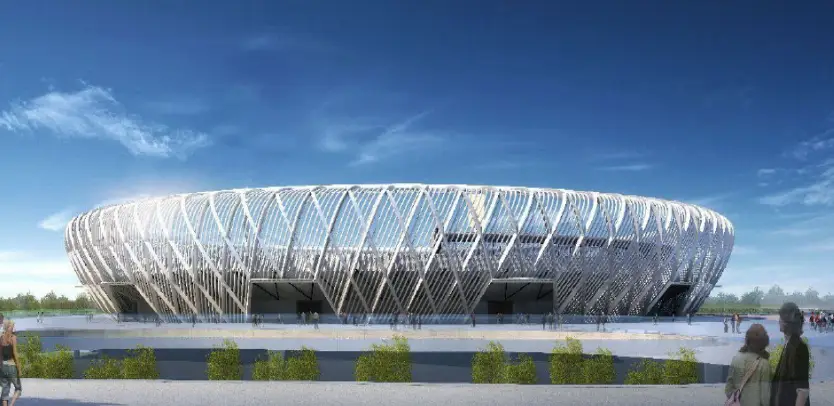Football Field Lighting Design Guide
Designing effective football field lighting requires a balance of technical precision, energy efficiency, and user-centric considerations. Below is a structured guide based on current research and best practices:
1. Uniform Illuminance and Aiming Angle Optimization
Key Parameters: Achieve uniform illuminance by adjusting luminaire aiming angles in horizontal and vertical planes. Rough set theory can optimize six critical lighting parameters (e.g., intensity, distribution) to ensure consistency across the field.
Design Simulation: Use lighting design software to simulate scenarios, but incorporate optimization techniques (e.g., machine learning) to refine aiming angles and avoid over-reliance on brute-force methods.
2. Energy Efficiency and Sustainable Solutions
LED Technology: Prioritize white LED (WLED) systems for energy efficiency and customizable brightness distribution. Pair LEDs with optical diffusers or nanocomposite films to control light scattering and reduce energy consumption.
Smart Controls: Integrate adaptive lighting systems that adjust brightness based on real-time needs (e.g., match schedules, occupancy). This reduces energy waste while maintaining performance.
Circular Design: Select luminaires designed for recyclability and long-term sustainability to minimize environmental impac.
3. Human-Centric and Performance-Oriented Design
Visual Comfort: Avoid relying solely on illuminance metrics (e.g., lux levels). Consider factors like glare reduction, color rendering index (CRI), and luminance uniformity to enhance player and spectator comfort.
Non-Visual Effects: Align lighting with circadian rhythms by incorporating tunable LEDs that mimic natural daylight. This supports athlete alertness and reduces fatigue during evening matches.
4. Compliance and Interdisciplinary Collaboration
Standards and Codes: Adhere to local and international lighting standards (e.g., FIFA, UEFA guidelines for stadiums) while addressing energy codes.
Stakeholder Coordination: Collaborate with architects, electrical engineers, and sustainability experts early in the design process to align aesthetic goals with technical requirements.
5. Post-Installation Evaluation
Field Testing: Conduct on-site measurements to verify illuminance uniformity, glare control, and energy performance. Adjust aiming angles or luminaire placement as needed.
User Feedback: Gather input from players, officials, and spectators to refine lighting quality and address overlooked issues (e.g., shadow zones).
Key Challenges and Considerations
Balancing Aesthetics and Efficiency: Avoid prioritizing energy savings over light quality, which can compromise the spectator experience.
Heat Management: Ensure LED systems are thermally stable to prevent performance degradation, especially in outdoor environments.
By integrating these principles, designers can create football field lighting systems that enhance performance, reduce energy costs, and improve user satisfaction. For further details, refer to the cited studies on optimization methods, smart controls, and human-centric design.
